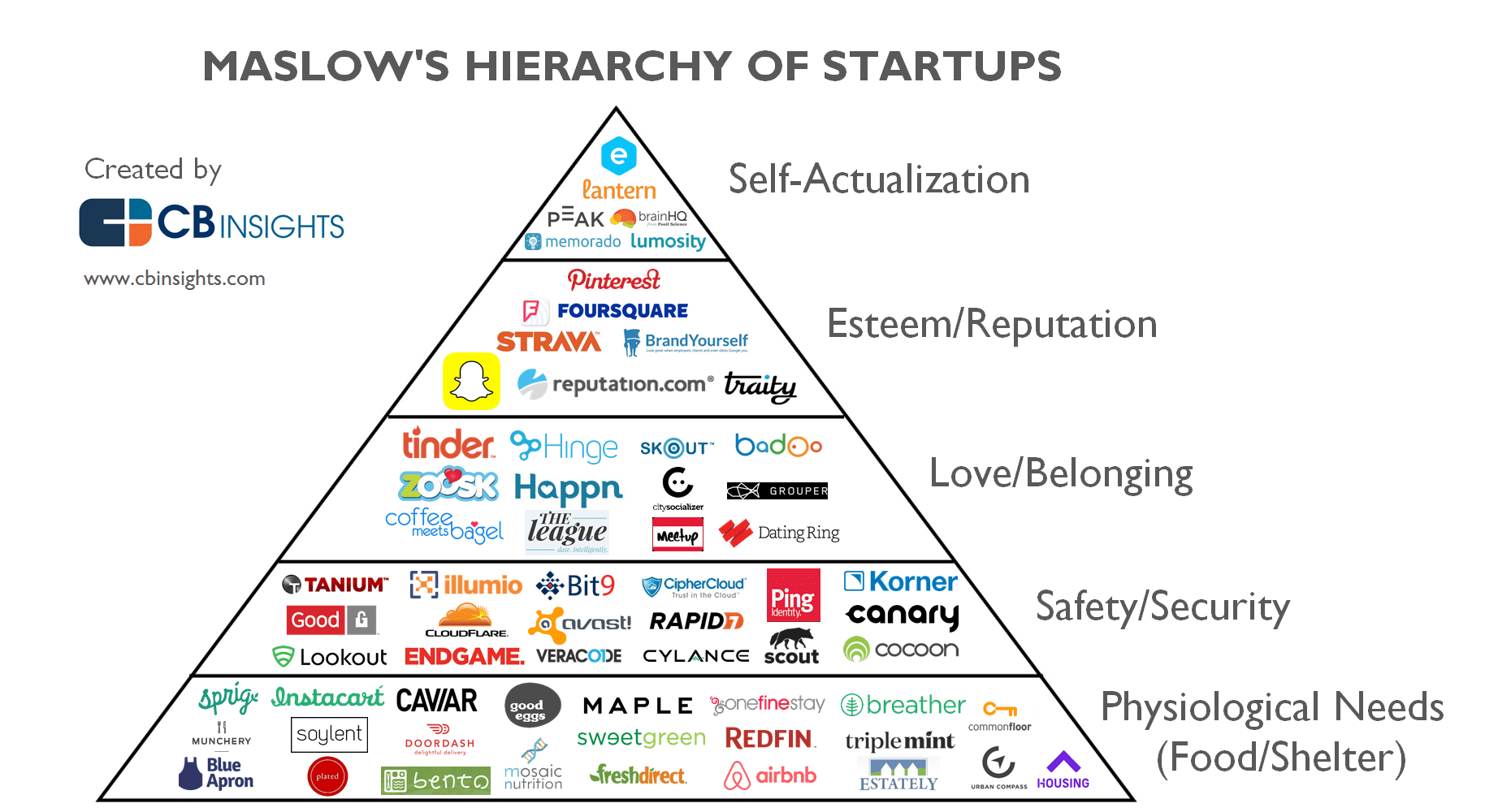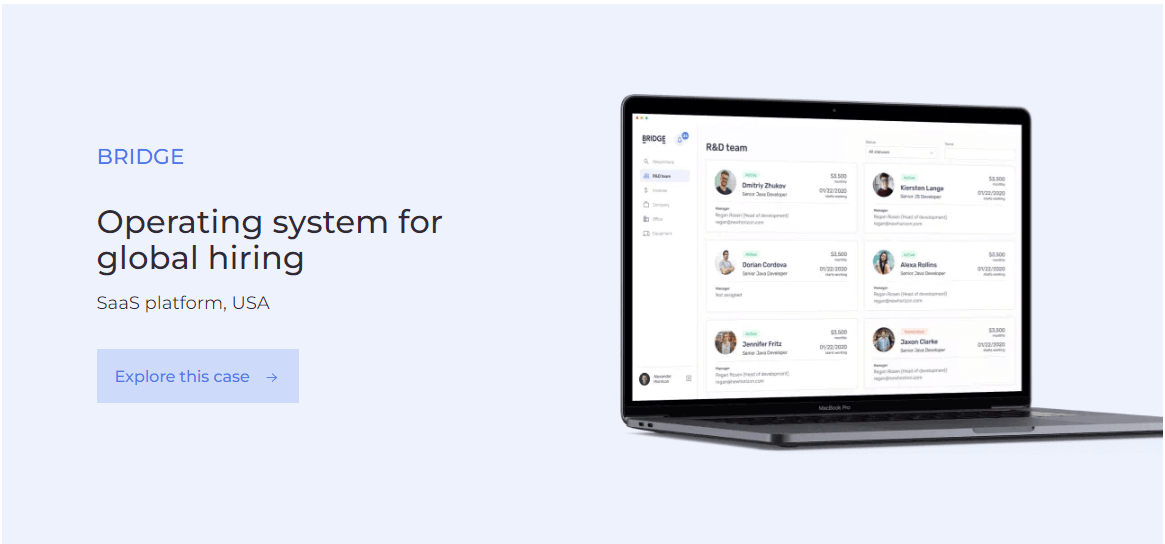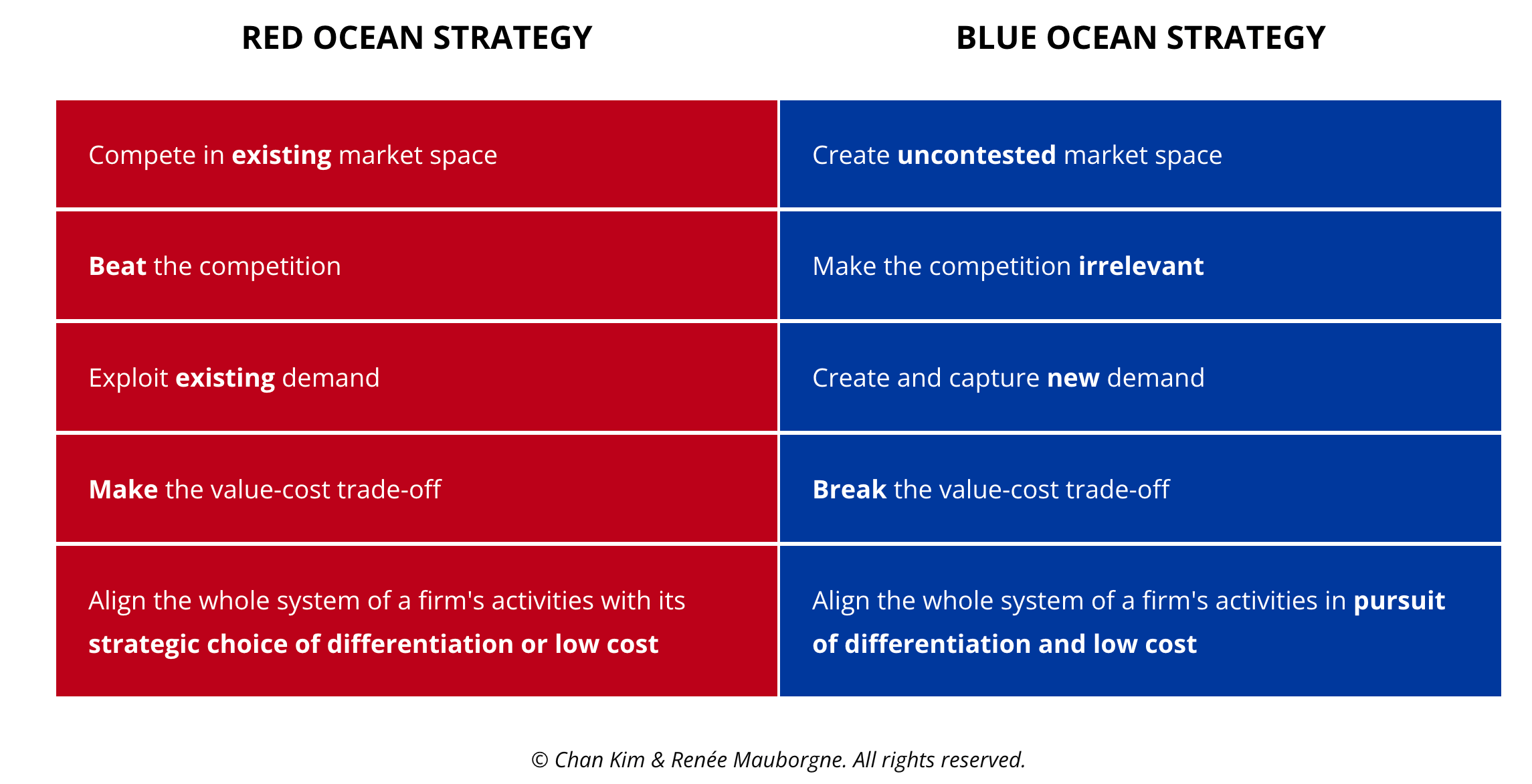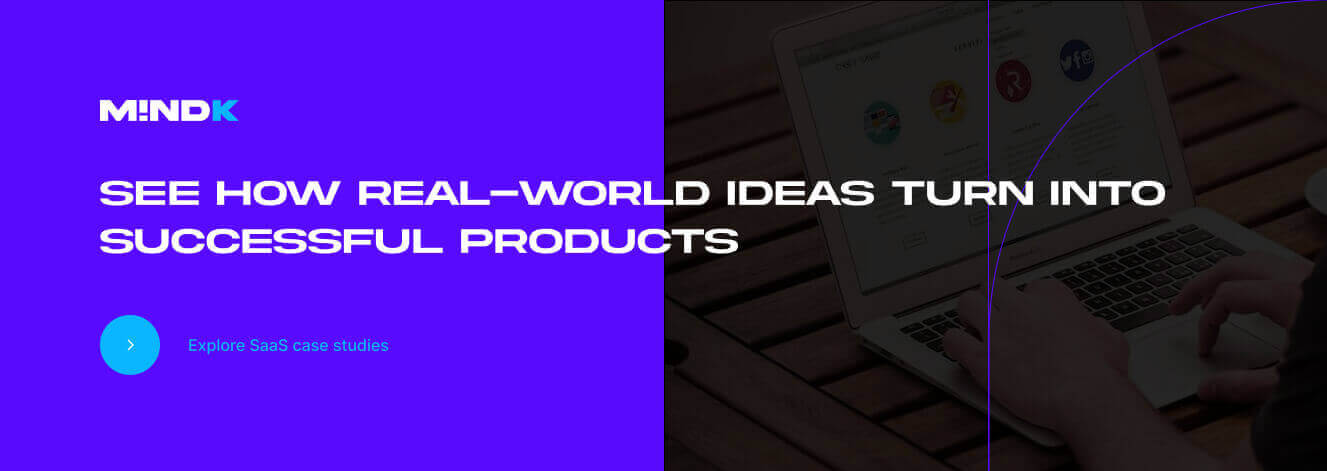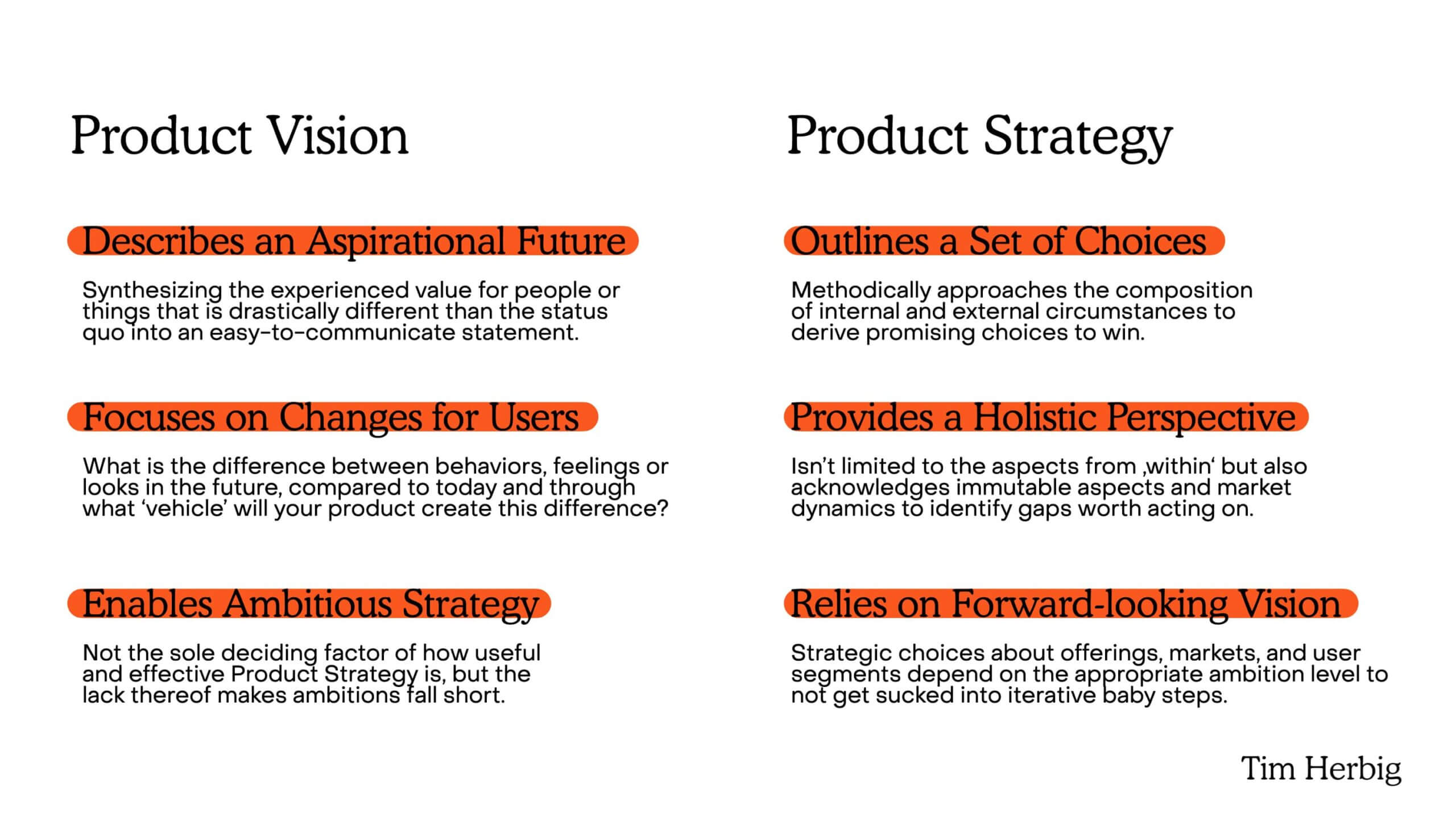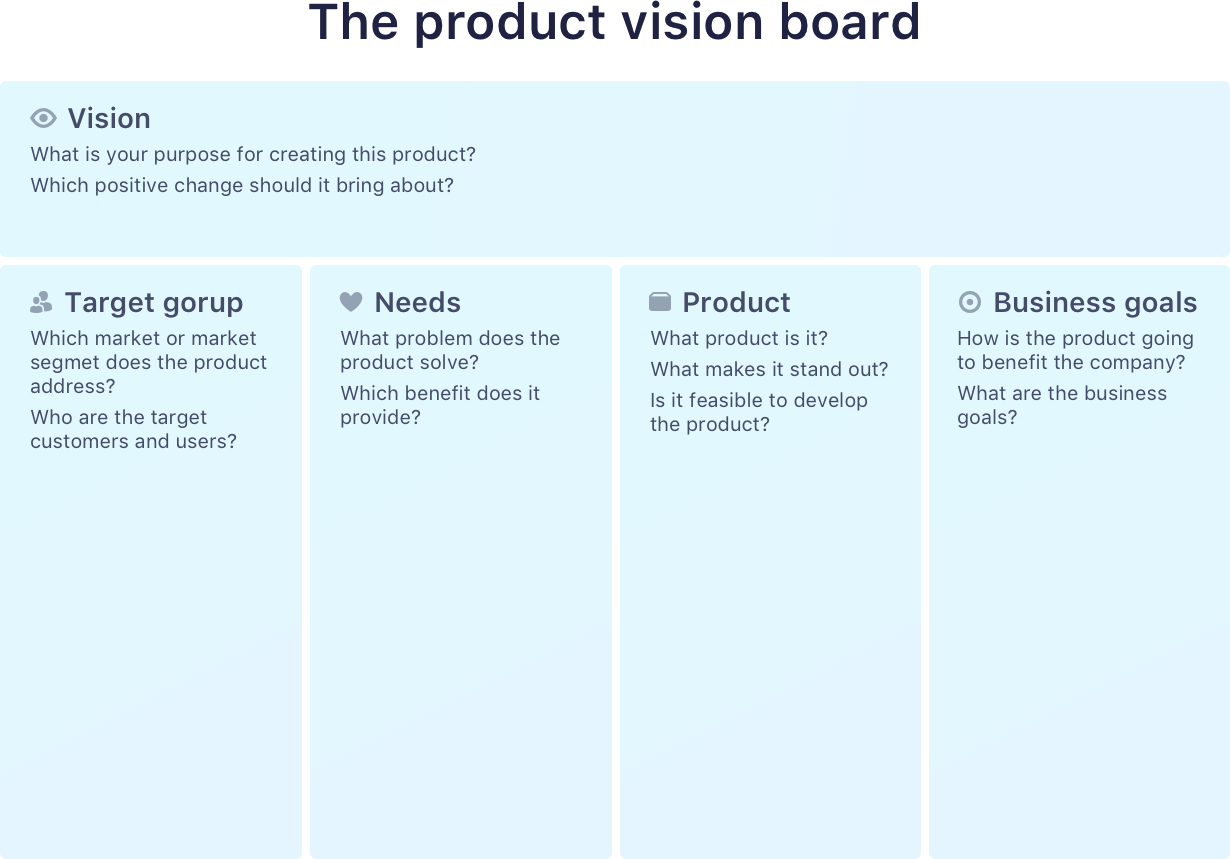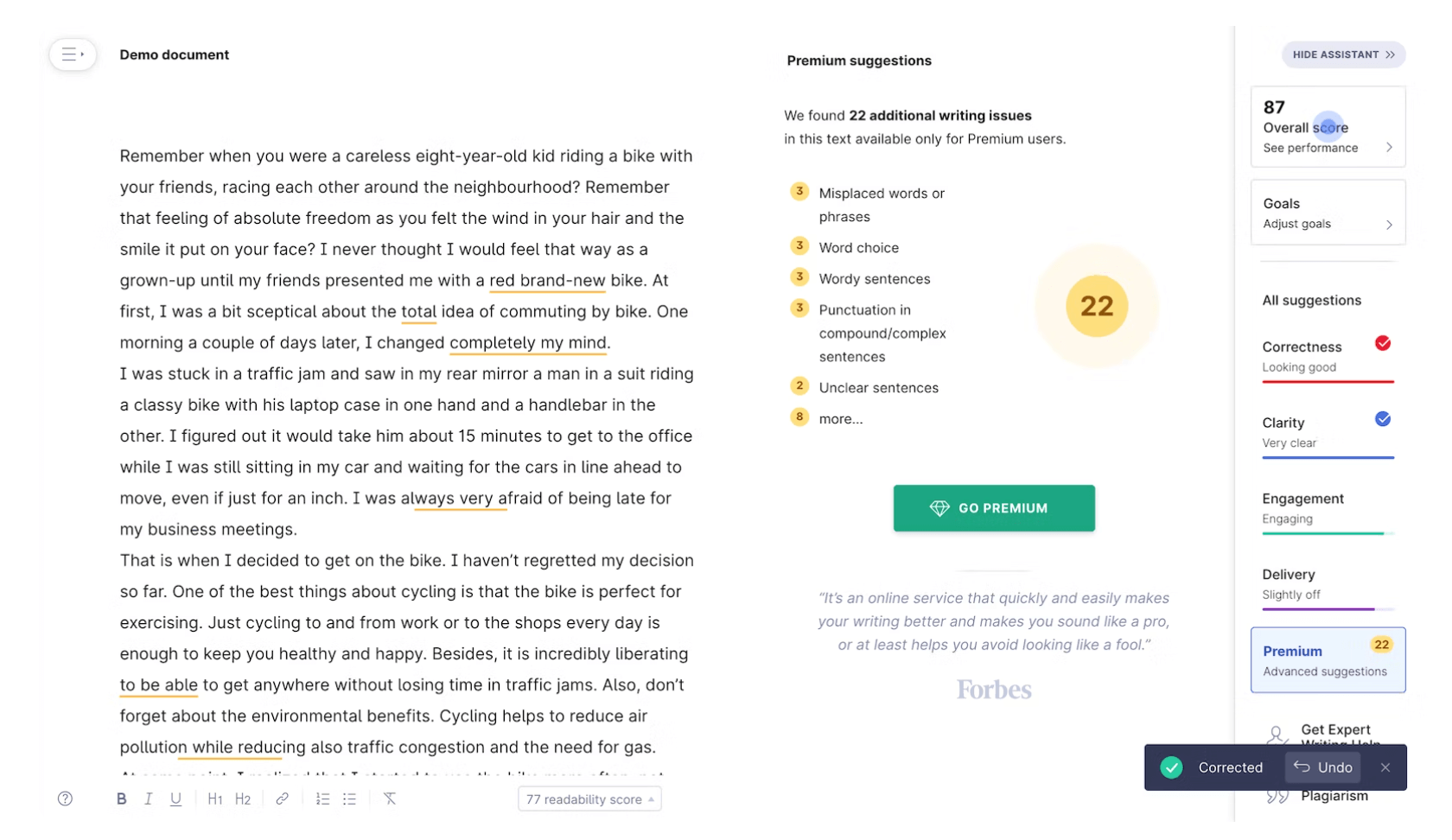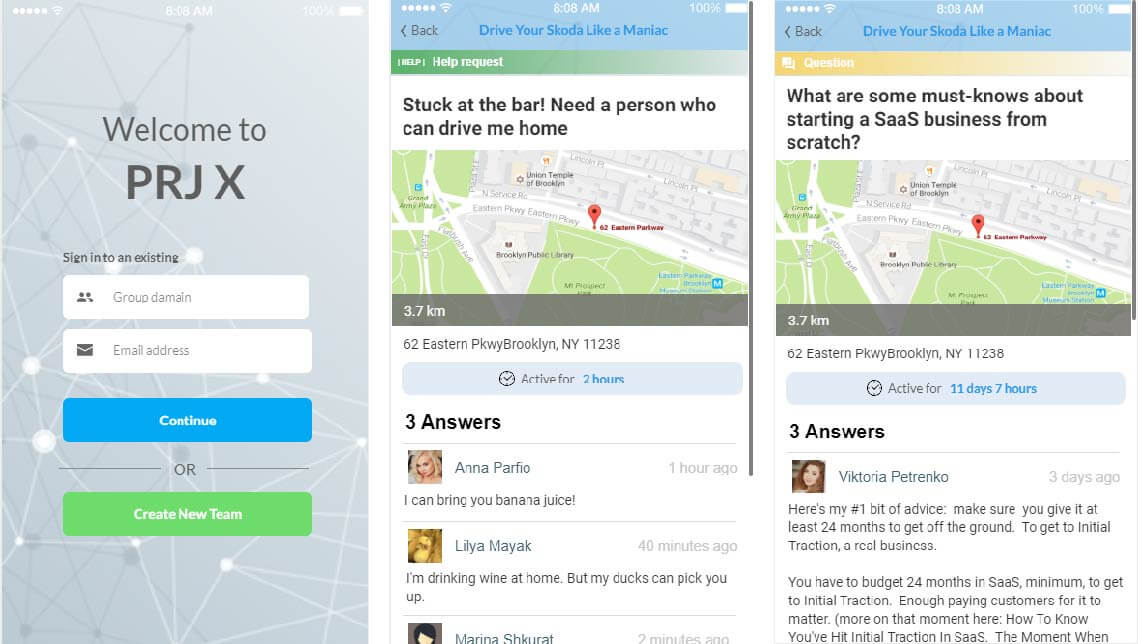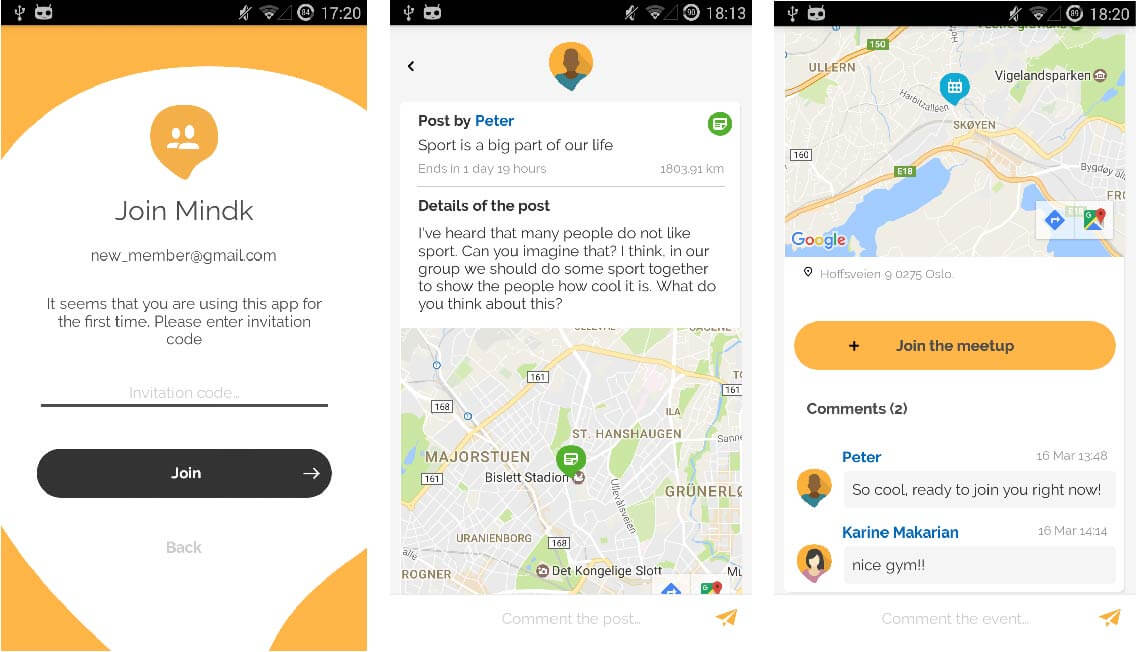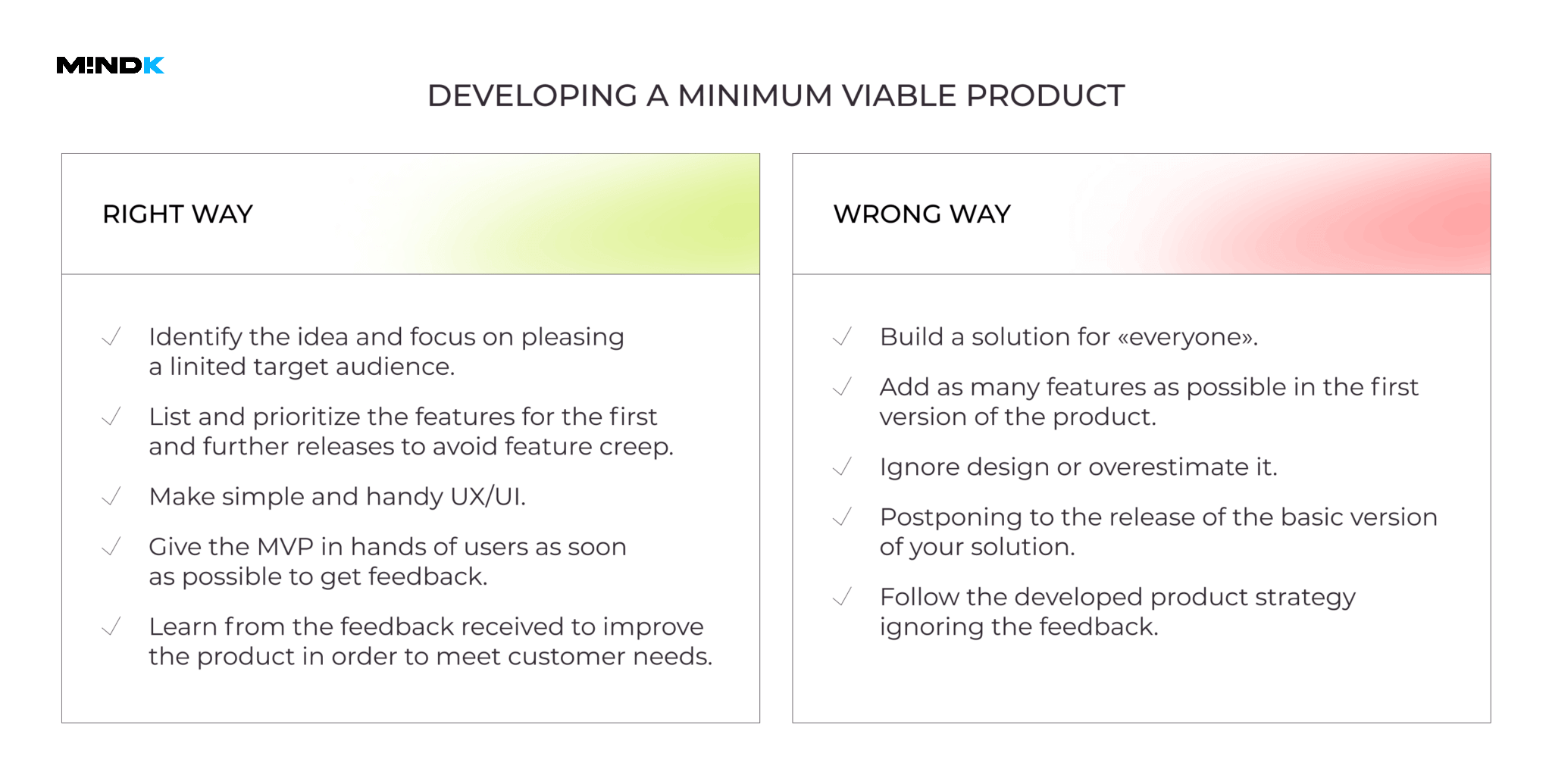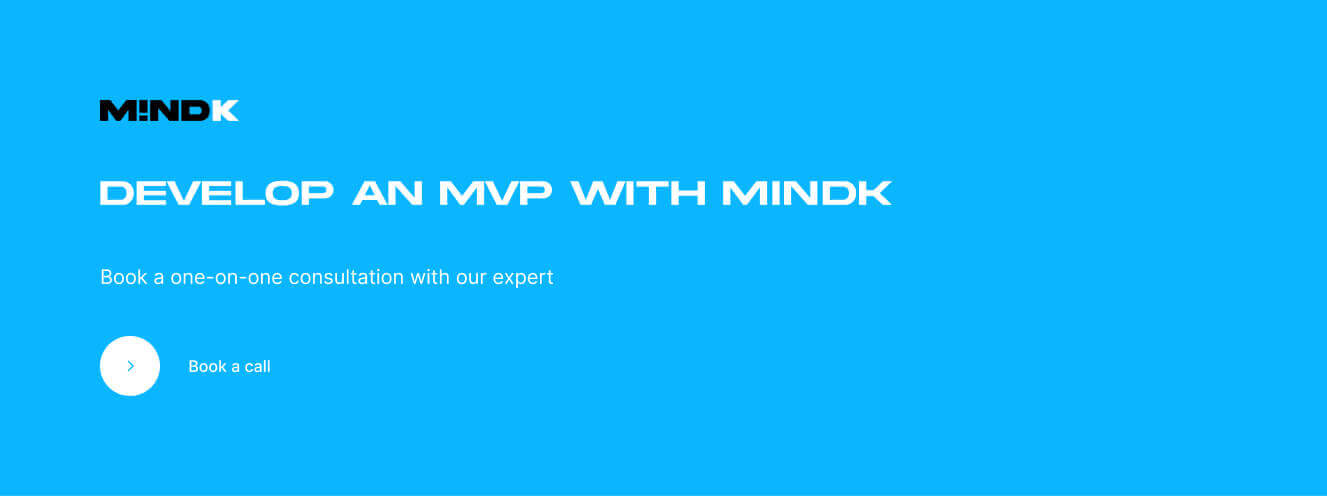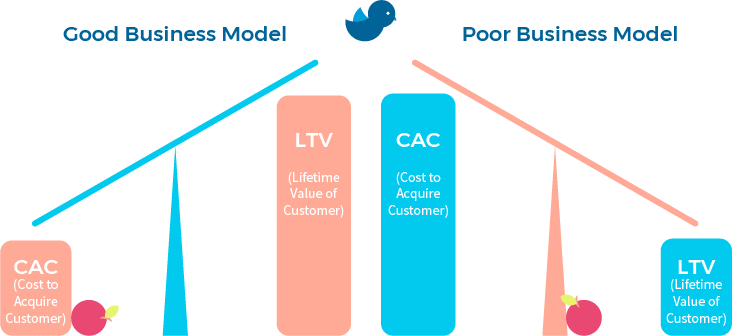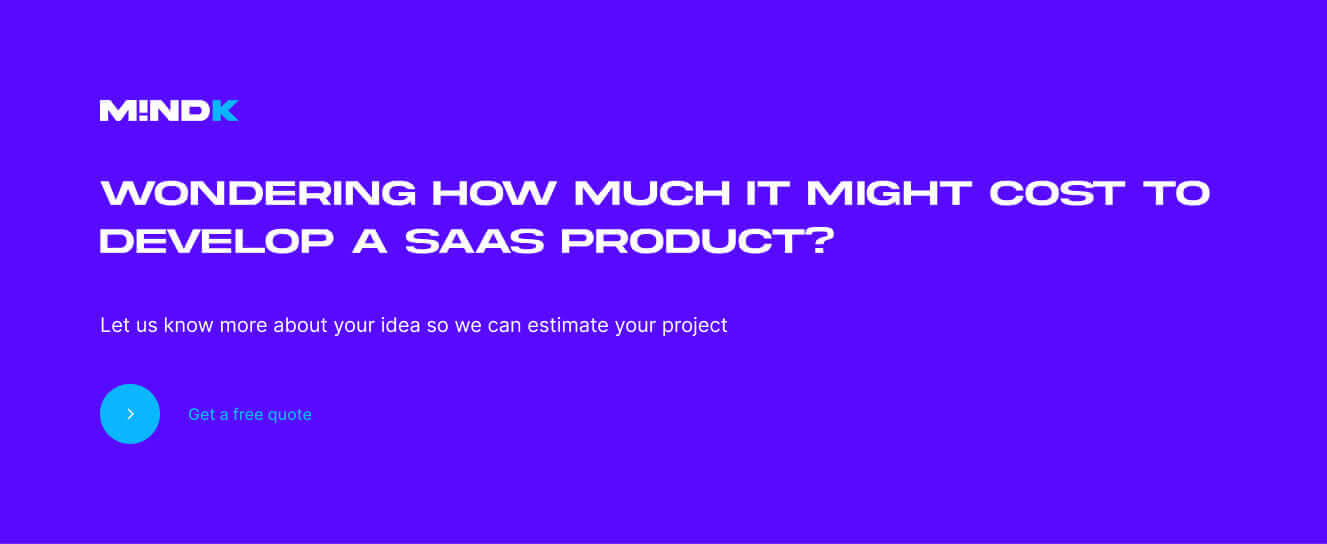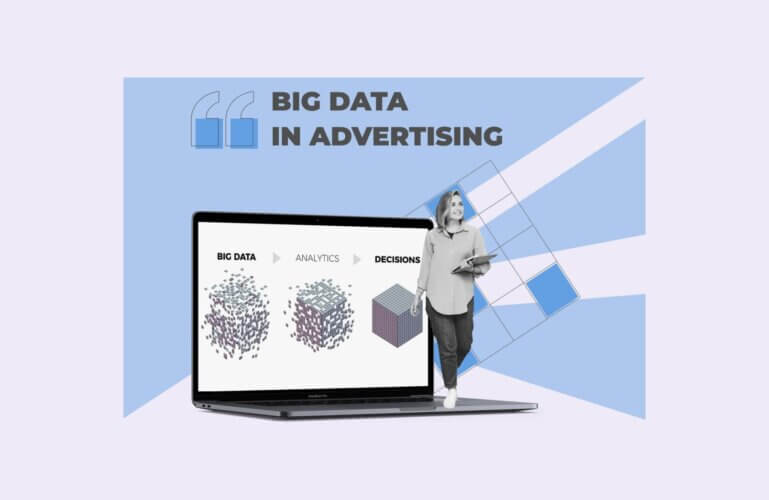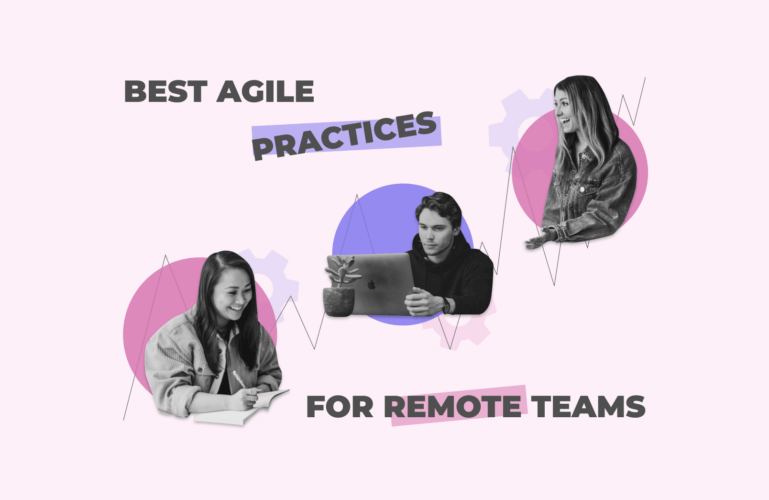Software as a Service, or SaaS, is one of the fastest growing markets: the predicted growth for the global SaaS market is 374.48 billion in 2026. The wide range of business tasks covered by SaaS solutions makes SaaS a promising and competitive market.
Just take a look at solutions you use on a daily basis, like Netflix for movies, Adobe Creative Cloud for design, Zoom for communication, Maichimp for email, Hubspot, Saleforce for managing customer relations, and similar. All of them are SaaS solutions, meaning the SaaS sector is vast and diversified.
We at MindK have created SaaS solutions for a variety of sectors and business needs, like a recruiting hiring platform, management systems for the consulting and construction sectors, member management systems, and so on.
If you’re interested in building your own SaaS platform, we’ve singled out a sequence of steps that the company should follow to come up with a new SaaS solution.
#1. Discover a problem worth solving
The first step of the SaaS development process is to have a clear understanding of what exactly you want to do, or, in other words, build your SaaS solution around something that people need and are ready to pay for.
This step is the backbone of your future SaaS product. That’s why we dedicated a separate article that explains how to generate ideas for software products. In short, the sources of these problems are around us:
- Personal problems and needs are relevant when the business stakeholders are so frustrated by a problem that they think of a software solution to fix it.
- External problems and needs refer to our environment – the problems of the people and businesses around us (like better accessibility, easier processes, time-saving, and much more).
- Maslow’s hierarchy of needs, which classifies the urgency of needs judging by their importance to survival and happiness. The CBInsights show that basically, each software startup covers specific human needs.
From the business world, the simplest examples are Google Docs or Microsoft Office 365, which solve a need for document management available everywhere with Internet connectivity. Another example is Trello, a project management system based on traditional Kanban boards that enables managing tasks in the cloud.
More complex examples from the SaaS market are Shopify, WooCommerce, BigCommerce, Magento, Squarespace, and other e-Commerce solutions. They greatly simplify and speed up the process of creating online stores. Thanks to them, anyone can launch a marketplace in a few hours, spending roughly $200 on a subscription and buying a website template.
All of the SaaS solutions we developed at MindK have serious problems as their base. For example, Bridge challenged solving the problem of talent shortage in major tech hubs across the US by means of a digital platform that allows the opening and management of remote R&D offices in other countries.
The source of the problem for another of our clients in Norway, Innmeldt, was a complicated pension system. The company worked as an offline consulting company that helped clients calculate their pension payments based on an advanced formula and data from different systems. We developed a system that makes online calculations easy, able to attract business customers, and streamlines the consulting process. In this way, our client managed to solve both external and internal problems with one shot. First, it helped people to make complex calculations with just a few clicks. Second, the system digitized internal workflows which became of huge competitive advantage.
If you analyze these and other commercially successful examples of SaaS solutions, it’s possible to notice that all business ideas have something in common:
- Every successful business idea is aimed at solving the problems or challenges of a specific target audience.
- The majority of companies are looking to move their solutions into the cloud to be available everywhere.
- Offline solutions moving to the cloud are primarily looking to simplify the processes (launching a solution, managing projects, creating documents, making calculations, and similar) and only then to implement additional features.
- Companies have the opportunity to realize their business ideas through modern technologies.
The latter is very important since not all promising business ideas can be implemented with the current level of technology available. For example, the first attempts to launch a video game cloud streaming platform were back in 2010-2014, but they failed due to the low Internet speed of gamers. It is only now, 10 years later, that the majority of gamers have Internet fast enough to make such platforms commercially successful.
#2. Find your competitive advantage
On average, an emerging SaaS business is reported to have more than 9 competitors. So, the next step after you understand what problem your SaaS platform will solve is competitor analysis: design, features, marketing and advertising, pricing, and more. This will help you understand how other companies have implemented similar ideas, what the target audience expects, and which features had a positive impact.
There is an opinion that in terms of competition, there are two types of market opportunities. The first one is “red oceans” filled with blood from fierce competition. Red oceans mean mature industries that are very difficult to enter like healthcare software development—at least without paying a price, either by more costs spent on aggressive marketing and advertising or by accepting a smaller market share.
The second one is “blue oceans”, which, by contrast, are all but free from competition. In blue oceans, demand is created rather than fought over. It provides better flexibility, lower costs, and domination of the market share.
If you are not about creating and capturing a new demand, but plan to focus on the red oceans, then it’s better to address the true nature of the competition. Even red ocean markets are not always covered equally, and there are spaces of blue ocean to be found. Put simply, even mature industries, filled with competition, have unexplored market niches and fresh opportunities for those who seek them. You can stand out from the crowd by:
- Adding specific features. Although the product itself may not change, you can absolutely improve it with new functionality. Even within a competitive industry, new product features may be sufficient to differentiate the product.
- Targeting other demographics. You can target a different demographic or leverage on customer preferences that major competitors might be neglecting.
- Playing with a price. Price is one of the most visible differentiation factors. If your competitors are providing a service at the same price, you can focus on their existing audience or target a new audience by offering a lower price. Or you might potentially tap into a premium market by charging higher prices, assuming you can offer a higher-quality product.
- Exploring new geographic locations. If you have a popular business, product, or service in one part of the country or world, you may introduce it to another part that is unfamiliar with it.
- Offering peripheral services. It is also feasible to differentiate yourself from the competition by providing services that competitors do not provide.
- Going niche. Launching a niche SaaS project like a custom EHR software for lactation consultants is faster, cheaper, and less risky.
#3. Set product vision and strategy
The product vision is the blueprint that describes the primary concept and elements of a product. In short, a product vision defines where you are going. The key goal is to communicate the vision and motivate the teams (and stakeholders, investors, partners—and, in many cases, prospective customers) to contribute to making the vision a reality.
Developing a precise product vision gives product engineers the foundation they need to provide an effective and appealing product to the user. Apart from this, product vision can help companies to:
- create a better product strategy;
- direct your product team along the way; and
- align the whole team while working toward the same purpose.
The product strategy, in turn, defines how the product’s vision will be realized. That’s why the primary distinction between product vision and SaaS product development strategy is that product vision represents the future state for users that comes from the value the product provides, while product strategy refers to the collection of decisions you must make in order to accomplish the vision.
There is no one-size-fits-all approach to product strategy, and you never know what might have happened if you had sequenced your product work differently. Because of this and since product strategy often goes through several iterations in the early stages as you get more product feedback and test product-market fit, the product strategy should be flexible enough to meet changing user needs and market conditions.
Consider Zoom, whose product strategy is based on the stable product vision of creating frictionless video communication. With the changing business environment Zoom changed its product startegy to satisfy user needs, but never deviated from its product vision. A flexible product strategy allowed Zoom to adapt to shifting market conditions, while remaining true to its goal.
The product vision board is the most straightforward way to capture a product’s vision and strategy. It consists of five sections, where:
- Vision denotes the overall goal, the main reason for developing the product, and the positive changes you plan to achieve.
- Target group refers to the market or market segment the product plans to focus on.
- Needs show the product’s value proposition, which are the key pain points the product addresses, or the primary benefit it proposes.
- Product summerizes the three to five aspects that distinguish your product and are vital to its success.
- Business goals, finally, describe why it is advantageous for your organization to invest in the product. It specifies the expected business advantages, such as increased revenue, entry into a new market, cost savings, brand development, or acquiring useful information.
#4. Think of a pricing strategy
Pricing is a challenge for almost every SaaS process flow. A well-thought-out pricing strategy may increase income. At the same time, the wrong one can turn off potential users, regardless of how wonderful the product is or how well it is positioned.
The bad and good news about pricing is that no one knows which pricing strategy will be successful for this or that product (and don’t believe those who say they do). The pricing strategy requires a number of elements to be considered, such as budget, product type, quality, number of features offered, or even industry. Some pricing strategies, for example, work effectively for certain industries. We’ve already discussed it while reviewing the revenue models for the edtech sector, such as Freemiums, free trials, ad-free subscriptions, and so on.
The most commonly used SaaS pricing strategies include:
- Cost-based pricing is based on the total cost of providing a service together with a relevant profit margin to generate a return on investment (ROI). It’s easy to calculate, but it usually ignores the additional business expenses, competitors, and so on.
- Value-based pricing is based on how much value the product provides to end-users. It’s based on the assumption that customers are willing to pay a higher price for the product than competitors offer because they see actual value in using it. For example, this pricing strategy is well-used by Adobe. Although the product is more expensive than competitor alternatives, clients realize the extra value and remain loyal to the company.
Source: adobe.com
- Usage based-pricing is based on the idea that the more you use, the more you pay. Amazon Web Services is an example of a SaaS product that uses this strategy effectively. Users only pay for the computing time or power they use and have access to everything regardless of their tier. Moreover, usage-based fees encourage the provider to make more effective use of its assets.

- Freemium pricing, where the company offers a basic or limited version of a product or service completely free, and changes a premium or supplementary fee for access to the full range of features the product offers. This way, the company has a chance to build brand awareness without the need for expensive marketing campaigns. But it entails high operational costs, as the company needs to actively upsell to generate revenue. Thus, this strategy requires a huge volume for good ROI. Grammarly is a great example of what a freemium pricing model looks like.
According to PriceIntelligently’s Anatomy of SaaS Pricing Strategy, any SaaS company should focus on continuous price optimization. It is not sufficient to examine the pricing model once a quarter or year; the organization must constantly experiment with pricing methods and assess the outcomes. So, the best way to come up with a profitable pricing model is to experiment with pricing to better understand the market and find the right footing for your company.

Source: priceintelligently.com
#5. Validate the project idea on the market
When you are aware of the product you want to build and its purpose, it’s time to proceed to market validation. Market validation is the process of evaluating a product idea in real-world market conditions before launching it.
Most SaaS product ideas sound nice and fresh until they reach the hands of the end users. Since entering the market with a new product is almost walking the edge, market validation under real-world conditions is paramount. Here are the key reasons why you should not overlook market validation:
- Going beyond a guess. Quite often assumptions we make are wrong. So the idea validation helps confirm the most important hypotheses with minimum effort.
- Contacting the end-users. As far as customers are the lifeblood of the product, it’s important to collect their feedback on exactly what they require and whether they are willing to pay for your solution.
- Improving the SaaS idea. You may pivot and enhance your product strategy before spending resources if you validate the idea and obtain client feedback.
A great option to validate the market is to build a prototype. A prototype is a purposefully imperfect instance of a product, the early approximation of a product that walks clients through a set of key product features. It is far easier to draw an audience by offering something that they can see or perhaps engage with.
Prototypes have limited lifecycles – once the feedback is received and decisions are made, the prototype is typically considered outdated. As a result, a prototype should be quick and cheap to create – it should only comprise a tiny portion of a product’s features, the ones that are critical to the overall experience.
Prototyping can be accomplished through visualizations, wireframing, clickable prototypes, or functional implementations of various product features. Clickable prototypes are composed of a set of linked user interfaces that replicate the flow to enable basic navigation and show the fundamental user flows – however, no real functionality is provided. A functional prototype is a realistic, interactive implementation that is very similar to the desired product or feature and provides enough functionality to allow for real-world user engagement.
Here is an example of the prototype created by MindK for Juvo, a mobile app for safe communication in local groups:
And here’s how the launched Juvo app looks like:
As you can see, a prototype does not need to be stunning in order to test whether the solution delivers a clear user experience in an appealing manner. It is not a functioning app and does not operate with actual data. The prototype’s most significant advantage is risk reduction. Thanks to the feedback received, you can make rapid decisions. The sooner you “fail,” the faster you learn and the higher your chances of success.
To sum up, the prototype, as a market validation tool, can help you kill three birds with one stone:
- validate the market need;
- validate business news, as a prototype can show investors and stakeholders how your product will actually work and how its core features will solve user problems; and
- help the product development team, as it takes the team communication to the next level, by ‘showing’ instead of ‘telling’.
#6. Define the list of SaaS product requirements
The list of SaaS product features that lead products from the vision to a final release is called a product backlog. A product backlog is an integral component of the SaaS product development process. It is a must-have tool because it translates a high-level vision into details needed for developing a product.
As for the sources of potential product features, this is where the results you gained from the prototype presentation come in very handy. Other sources include user research, specific customer requests, surveys, detailed marketing research, the latest SaaS trends, and so on.
The items of the product backlog may have either a technical or user-centric nature (represented in the form of user stories). In the majority of cases, when building a product backlog with our client at MindK, we apply user stories.
A traditional user story is a short and simple description of the feature on behalf of a user or customer of the product. The traditional user story looks like “As a < type of user >, I want < some goal > so that < some reason >, but you can use any other variations. A large user story is called an “epic.” It is difficult for a team to complete the epic at once, which is why it should be split into multiple, smaller user stories.
We like user stories because they switch attention from writing about requirements to talking about them. A user story involves just a sentence or two but requires tons of discussions about the wished-for functionality. In fact, discussions are more important than whatever text is written. Truth can spark when opposing ideas collide, can’t it?
Here are a few tips on how to write user stories to make product backlog effective:
- Keep the user in focus. In general, the user story shows the relationships between the user and the functionality of the product. If you have no clear understanding of who your customers are and why they should use your software, then do not write user stories. Otherwise, you run the chance of writing speculative things centered around beliefs and ideas — not based on data and empirical evidence.
- Use Personas. They involve a name and a picture, its characteristics, behaviors, and the goal the persona wants to achieve by using the product.
- Start with epics. It allows you to sketch out the rough scope and then add details with user stories.
- Fill up the acceptance criteria or conditions of satisfaction. They simplify the story and make it testable (on average, try to add 3-5 acceptance criteria).
- Make them simple and visible. Avoid confusing and unclear terms, use an active voice, focus on what’s important, cutting to the chase.
- Create all user stories together with a client. User stories should never be delegated only to the client or development team. They should be a result of discussions between the development team and the product stakeholders.
- Do not perceive user stories as a silver bullet. Additionally, use mind maps, diagrams, storyboards, sketches, and mockups, sharp wits, and imagination.
Here is a real-world example from one of our projects dedicated to recruiting and HR:
In the end, you should have a list of short and understandable user stories (or some other representation of requirements) that will become the blueprint for your product backlog.
Do not consider the product backlog as a complete to-do list. It is a living artifact. It changes and grows continuously. That is why it is very important to keep the list of features manageable. It should not contain seven hundred items, as it will be totally unclear. Focus on the most crucial product features.
#7. Invest in the basic version of the product
With the product strategy and list of requirements in hand, you are ready to move to building a SaaS product. But instead of investing in the development of a feature-rich platform right away, it’s better to start small.
The truth is that all you have at this stage is pure assumptions. You assume you know how to solve the customer’s problems in the most effective way, you assume that some features are more important, you assume your product will beat competitors, and so on. As a result, some of your assumptions are right, yet a lot of assumptions are often far from the truth.
That’s why it makes sense to build a basic, but valuable version of the product to test these assumptions in practice. This version is called a Minimum Viable Product, or MVP. The MVP concept is quite simple: it represents the basic version of a new product, possessing enough features to satisfy customers and collect maximum feedback.
Don’t try to include as many features as possible in your first version. The MVP should have the smallest possible feature set that creates, gains, and reduces pains for customers. To get acquainted with the whole MVP development process, check our step-by-step guide on how to build an MVP from the ground up.
The MVP approach offers plenty of benefits. Specifically, it allows companies to test assumptions, optimize the development process, and effectively enter the market. As a consequence, budgets are saved, competitors are kept at bay, consumer needs are met, and profits are increased.
Because of these benefits and the fact that it helps companies deal with a number of potential risks when starting a product, we at MindK believe that MVP is a great way to start up a software product.
Most of our clients start their solutions with the MVP. One example is Bridge, a SaaS operating system for global hiring. In just three months, we built an MVP of the system that provides a full cycle of services needed to open and manage a remote office with no headaches. Now the platform is collecting feedback from potential customers and investors in order to further improve the solution.
#8. Survive the product launch
Developing and deploying the basic version of your SaaS product is a question of strategy, and it needs all your teams, including business operations, product, marketing, and sales, to operate together to achieve success.
The main goal here is to get your product into the hands of as many target customers as possible to collect valuable feedback from the very start. Try to ensure the continuous operation of:
- customer onboarding, as providing your users with basic training and help will make them feel supported and help you document the feedback firsthand;
- products demos, because the video or sandbox version of your product with which users may engage can help them explore features and better understand how to interest with your product;
- sales funnel, create additional materials, such as a sales deck, so that your sales representatives can better highlight the key message and product benefits; and
- marketing, for instance, a good marketing plan can assist you in getting your product into the hands of the target audience, whether it’s through content marketing and SEO, paid advertising, free trials, or similar.
#9. Measure the feedback
When the product has reached the launch stage, it is time to start measuring the success and learning from the feedback. The MVP is just a stepping stone and the start of a feedback loop, allowing you to gradually improve your product in three stages: Build, Measure, and Learn.
The Build-Measure-Learn cycle’s purpose is to convert doubts and assumptions into information that can be used for further product improvement. Measuring success and evaluating data are a critical part of the feedback loop.
But what to measure and which metrics may come in handy? Here are a few examples of primary metrics for evaluating product performance:
- User engagement metrics, such as session duration, may be used to determine how engaged a user is in a product.
- Metrics demonstrating user interest, such as retention rate over a specific time period
- Metrics reflecting user satisfaction, such as a net promoter score, which assess and characterizes the proportion of consumers who are likely to suggest a product.
- Customer churn rate shows the number of customers that leave after a certain period of time.
- Metrics of product popularity that show the number of sessions per user.
- Financial metrics such as monthly recurring revenue to identify revenue per month.
- The cost to acquire a customer (CAC) demonstrates how expensive it is to acquire each client.
- A customer’s lifetime value (LTV) is the net profit that each client may generate during their engagement with your product.
Source: roadmunk.com
Another important metric for SaaS product development is subscription revenues. Following and analyzing this data will aid in identifying areas for improvement, features that need to be improved, added, or removed, and sales techniques that need to be changed.
#10. Work on product improvements
Up until now, you have developed a SaaS product based on what you thought was important. Now you have a much better path to follow: real data from real customers using (or not using) your product.
After storing data from real market situations, your development becomes more strategic and less based on hypotheses. Use all the information collected for the welfare of your product.
With that in mind, reopen your product backlog, update it if necessary by adding the features it lacks or removing features, and plan the following iterations, taking into account the feedback received. As a result, your next production version will have the most significant features.
You may ask: “How many iterations are needed to complete the product?” How to find out that the product is completed?”. The answer is very simple—the product can be considered completed when your iterations no longer produce enough marginal value to justify your software development process.
Start developing a SaaS product with MindK
Beyond a doubt, the SaaS industry is currently on the rise. Both businesses and early startups are becoming more aware of the benefits that SaaS product development may offer. Small and medium-sized organizations are realizing that the SaaS business model is an excellent fit for their requirements. As a result, entering the SaaS industry today may provide excellent opportunities and significant rewards in the future.
Of course, entering the SaaS market is not always straightforward and requires a deep understanding of how this sector operates. But we hope that our tips on SaaS product development lifecycle will assist in your journey.
The MindK team is always willing to share the knowledge and experience in developing SaaS products, as well as help you through this process. Our services include all stages of product development for both startups that need to develop a product from scratch and large companies that need to move their existing services or products into SaaS. To start a conversation, just share your contact details and we’ll get back to you.

